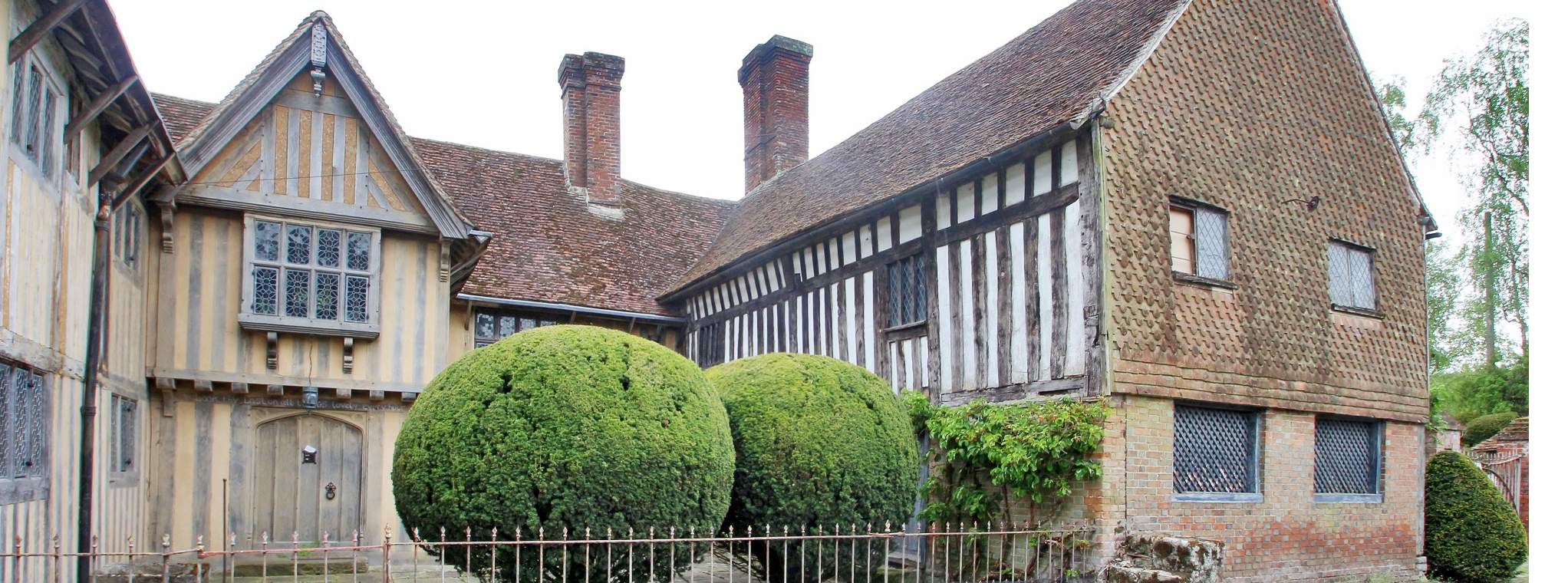Throughout England there is a total of 378,863 Grade I, Grade II* and Grade II listed buildings and to own one is to become the custodian of a piece of the country’s heritage, preserving it for future generations.
There’s a perennial demand for period properties – many of which, though not all, are listed – with their character, charm and history an obvious draw for buyers. A recent study by Savills Research (see table below) shows a strong correlation between built heritage and house prices. By ranking areas* by their proportion of listed buildings relative to population, it was found that those with the highest proportion of listed buildings have the highest average house prices and the highest premium above both their county and region.
For those listed buildings in need of significant restoration such as this splendid Grade II* example in Kent (pictured above), undertaking such a project is not without its challenges but the dedication and labour of love can be a rewarding process. So if you’re thinking of buying a listed property, here are some points to consider.
- Make sure you are fully aware of what being listed means and the responsibilities it brings with it.
- Try to find out why your building is listed to help understand where its ‘special architectural or historic interest’ lies. For example, a modern extension is unlikely to be the reason and it may be easier to make alterations to this part of the house.
- The designation of a listed building includes the interior and exterior of the property and can also extend to include historic outbuildings within the grounds. Changes to any of these areas will require Listed Building Consent (LBC).
- An application for LBC is generally straightforward. If the proposed works are on a larger scale or complex in nature, you might benefit from engaging with an appropriate consultant or architect. Specialist heritage consultants can be found via the RICS, IHBC or RIBA registers.
- Ensure any previous works, such as extensions or alterations, were done with the correct planning authorisation, such as LBC, from the local planning authority. If works were done without consent then you may be liable for correcting mistakes or obtaining the consent retrospectively. This has the potential to be very costly.
- Engage with heritage professionals to consult on and design the changes to your property. They will understand how your home was constructed and be aware of special considerations relating to its repair or renovation.
- Listing does not automatically mean that you cannot undertake any renovations, alterations, extensions or demolition. If you seek to do work which will celebrate the character and detail of the building then this can be seen as a positive move and will be encouraged by your local planning authority.
Owning a listed building can require additional effort and consideration but it does also have its benefits.
First and foremost, demand for period property does not seem to diminish and the preservation of character within a building will remain an attraction for future buyers. This will ultimately contribute to the capital appreciation of the property over time. Equally, the fact that you have had to employ qualified craftspeople, working with appropriate materials, should ensure the quality of the result.
Further information
Contact Duncan Petrie or Natalie Aldrich
Contact Savills Architectural Design

(2).jpg)
.jpg)
.jpg)




.jpg)
.jpg)
.jpg)